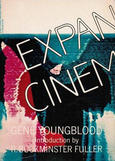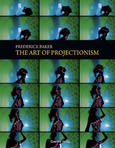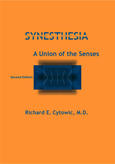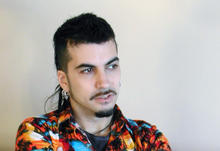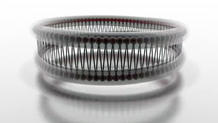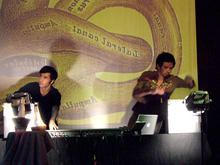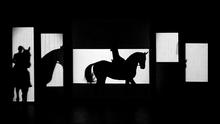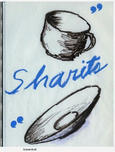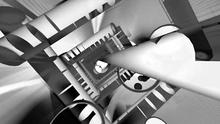Simple Harmonic Motion study #5d
(2011)by Mehmet Akten is an ongoing research and series of projects exploring the nature of complex patterns created from the interaction of multilayered rhythms.
This version was designed for and shown at Ron Arads Curtain Call at the Roundhouse. This ultra wide video is mapped around the 18m wide, 8m tall cylindrical display made from 5,600 silicon rods, allowing the audience to view from inside and outside.
Visuals made with openFrameworks, which also sends midi to Ableton Live to create the sounds.
Source: Mehmet Akten on Vimeo
